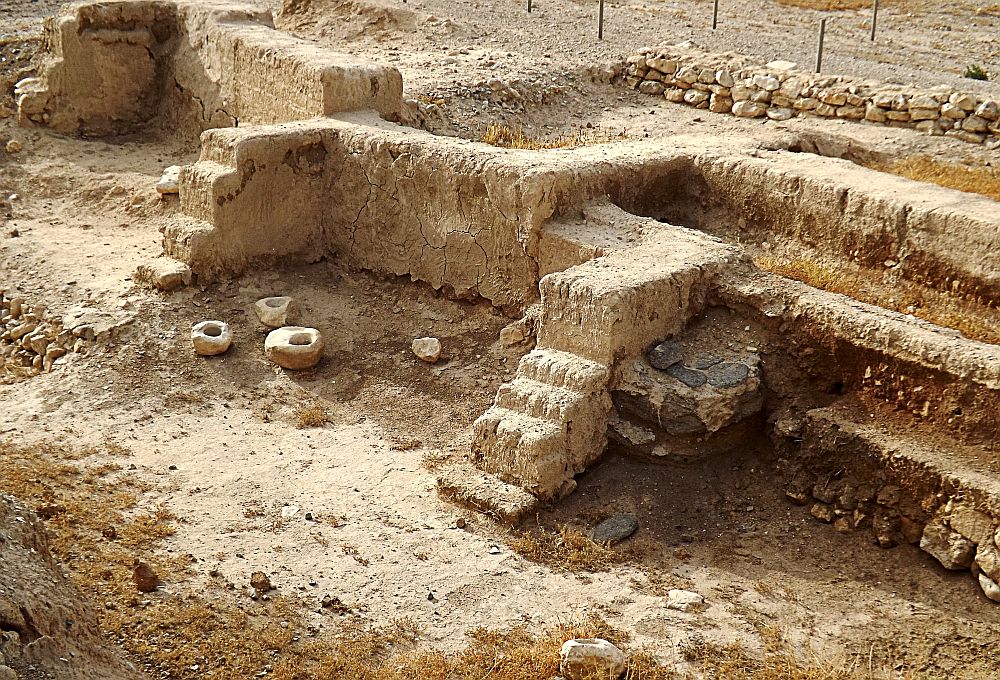Back in early January, I had a story about proposal from a Georgia Tech team of cements experts who had a remarkable pragmatic and inexpensive proposal for rebuilding Haiti: Recycle the concrete that is laying around in huge rubble mounds. (Their idea wasn’t to recycle it willy-nilly; instead they had proposed and tested some simple approaches using low-tech available tools and equipment to convert refuse into usable aggregate plus add some abundant local sands, which, together, could produce strong construction-grade concrete.)
I learned from one of the GT team members that the leader of the research effort, Reginald DesRoches, has recently secured funding from the non-profit Speedwell Foundation to support a new project, “Reducing seismic risks for developing countries in the Caribbean.”
Kim Kurtis tells me DesRoches’ goal is to assess whether “another Haiti” could occur. Kurtis, who like DesRoches is a member of the faculty at GT’s School of Civil and Environmental Engineering, says they already know there is a strong correlation among a country’s per capita GDP, fatalities sustained during an earthquake and overall economic losses. She says experience has demonstrated that countries with a lower GDP (e.g., Haiti, Indonesia) fare more poorly in the event of an earthquake than countries with higher GDPs.
In the Caribbean region, Kurtis notes, faults run not only through Haiti, but other populous islands, such as Jamaica. DesRoches’ initiative came about because, unfortunately, little has been done to assess these countries’ vulnerability in the event of an earthquake.
Kurtis, who again will be working with DesRoches, says the first year of research will involve touring the region and collecting data to better understand existing vulnerabilities (documenting hazards, construction quality, levels of preparedness, etc.). Phase I will culminate with a workshop, which is envisioned to include government officials, emergency managers, engineers and scientists—from the Caribbean and the United States—to discuss the findings.
Others involved in this project are Glenn Rix (also in GT’s School of CEE) plus three the university’s School of Industrial & Systems Engineering (ISyE): Ozlem Ergun, Pinar Keskinocak and Julie Swann.
Kurtis says the CEE members bring expertise in seismology, multi-hazard assessment,
structural behavior/design, cement-based materials and sustainability; the ISyE team brings expertise in humanitarian logistics (Ergun, Keskinocak and Swann also codirect Georgia Tech’s Center for Health and Humanitarian Logistics).
After Phase 1, it is likely that the group will turn its attention to converting their findings to practical solutions, such as enhancing building codes to improve seismic resistance in new construction, coordinating retrofit of existing structures using methods appropriate for the region and working with NGOs on both earthquake preparedness and short- and long-term responses.
CTT Categories
- Cement
- Construction
Related Posts
The urban fabric of brick—Part 3: Innovations and the future of design
November 11, 2025
The urban fabric of brick—Part 2: Ancient brick history
October 28, 2025


